
Video games need the right hardware and audience to succeed. Sometimes, truly great games are released on consoles or platforms that aren’t a good fit, leading to low sales or technical problems, even if critics loved them. Luckily, many of these games have been given a second chance through updated versions on better systems. Here are twenty games that would have thrived with a different initial release.
‘Bayonetta 2’ (2014)
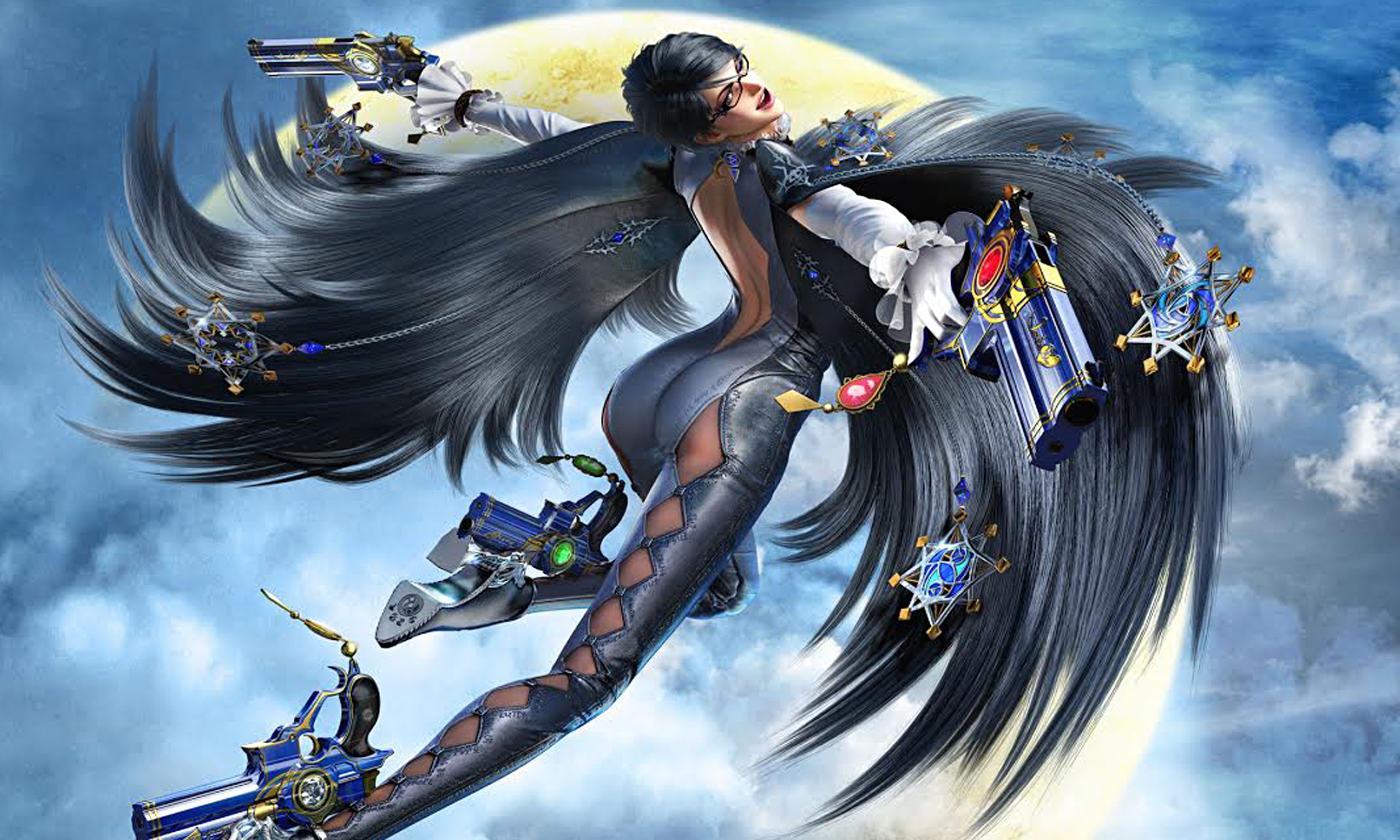
When Sega cancelled plans for a sequel, Nintendo provided the funding to make it happen. However, the game initially launched only on the Wii U, which didn’t have many players, limiting its reach. Fans who originally enjoyed the game on Xbox 360 and PlayStation 3 had to purchase a new console to continue the story. While the game featured exciting action and smooth fighting, it wasn’t quite what most Wii U owners were expecting. Fortunately, it later found a wider audience and the success it deserved when it was released on the Nintendo Switch.
‘Shenmue’ (1999)

Yu Suzuki designed a remarkably innovative open-world game that was years ahead of its time. Unfortunately, the Sega Dreamcast didn’t sell enough units to earn back the game’s high development costs. Players could freely roam a detailed and realistic recreation of Japan, interacting with it in ways never before seen. However, the Dreamcast was primarily marketed towards arcade fans, and this didn’t effectively communicate the game’s need for deep immersion. Ultimately, the game’s lack of commercial success contributed to Sega’s decision to stop making consoles.
‘Conker’s Bad Fur Day’ (2001)

Rare created this platform game with content aimed at adults, including drinking and suggestive jokes. It was released on the Nintendo 64, a console usually known for family-friendly titles. Nintendo didn’t promote the game much because its mature themes didn’t fit their image. It came out very late in the Nintendo 64’s lifespan, just before the GameCube was released. Had it been released on PlayStation, it probably would have been much more successful and well-known.
‘Panzer Dragoon Saga’ (1998)
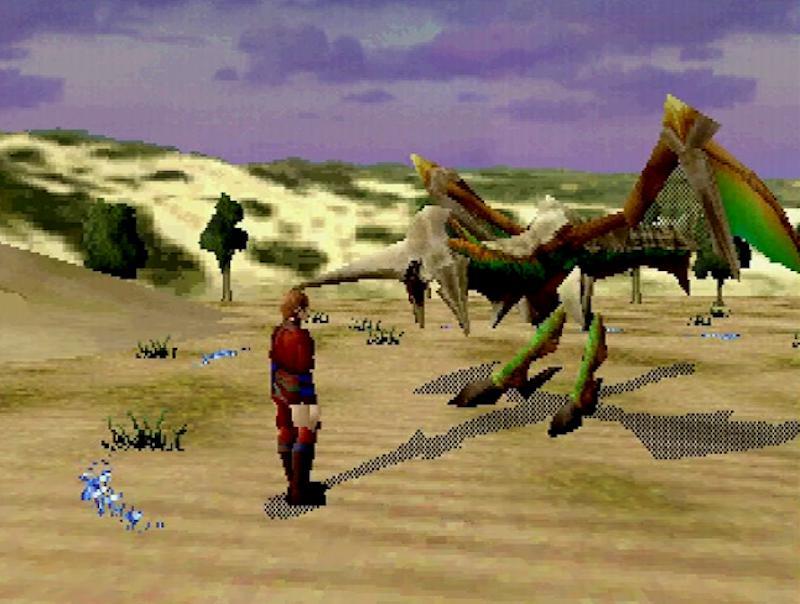
This role-playing game is a true classic, often hailed as one of the best on the Sega Saturn. It came out when the console was already losing popularity in the West. The development team, Team Andromeda, really stretched the Saturn’s capabilities to create a groundbreaking combat system and compelling story. Because so few copies were made, it’s now a highly sought-after and expensive collector’s item. Unfortunately, the original code has been lost, making it extremely difficult to bring this game to newer consoles or computers.
‘Eternal Darkness: Sanity’s Requiem’ (2002)
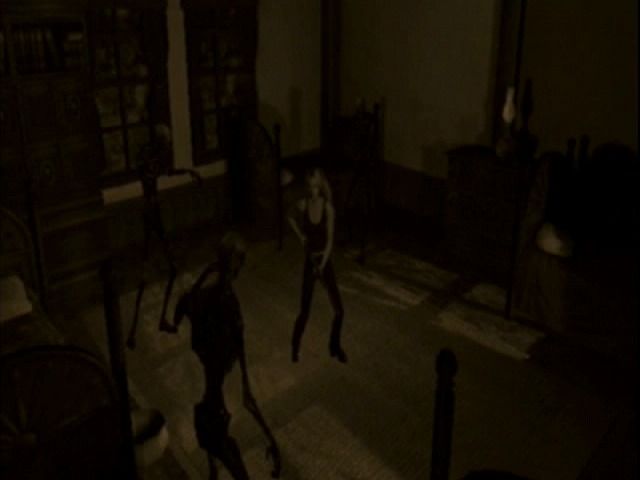
Silicon Knights made a truly unsettling psychological horror game that explored the inner turmoil of both the player and the character. When it was released exclusively for the GameCube, Nintendo was often seen as a console for younger players. This game, with its dark, mature themes and storytelling inspired by H.P. Lovecraft, stood out sharply from the platform’s typically bright and cheerful games. Despite almost universally positive reviews, the game didn’t sell well. It likely would have found a larger audience if it had been released on the PlayStation 2, where fans of survival horror games were more plentiful.
‘MadWorld’ (2009)
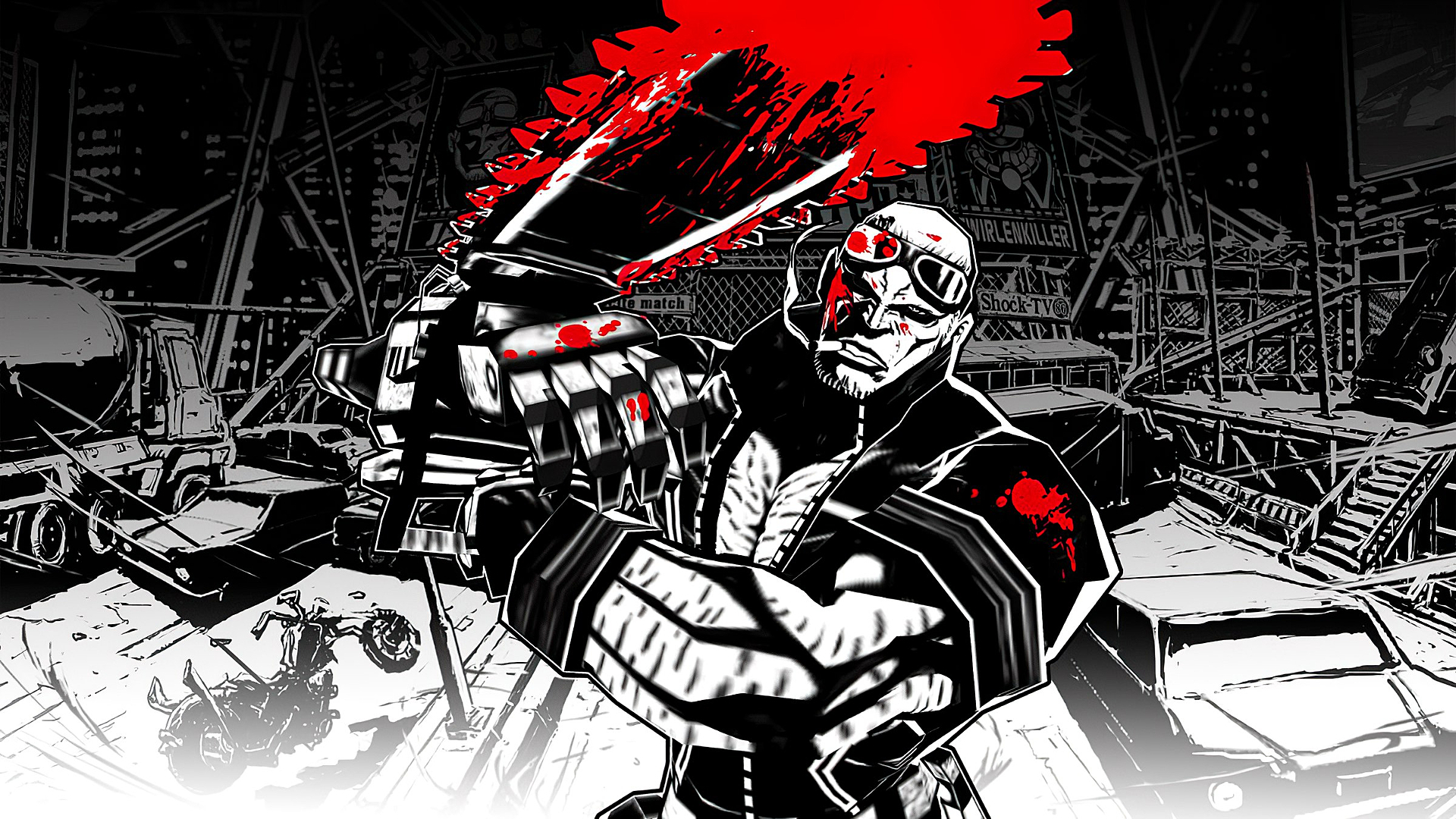
PlatinumGames created this fast-paced, very violent game with a unique black and white look. It came out only for the Nintendo Wii, a console mostly popular with casual gamers. The game’s intense violence and mature content didn’t appeal to the Wii’s typical audience. Critics loved how it used the Wii’s motion controls and its bold artistic style. It’s a good example of a game geared towards serious players not succeeding on a console known for lighter, more family-friendly games.
‘Grand Theft Auto: Chinatown Wars’ (2009)
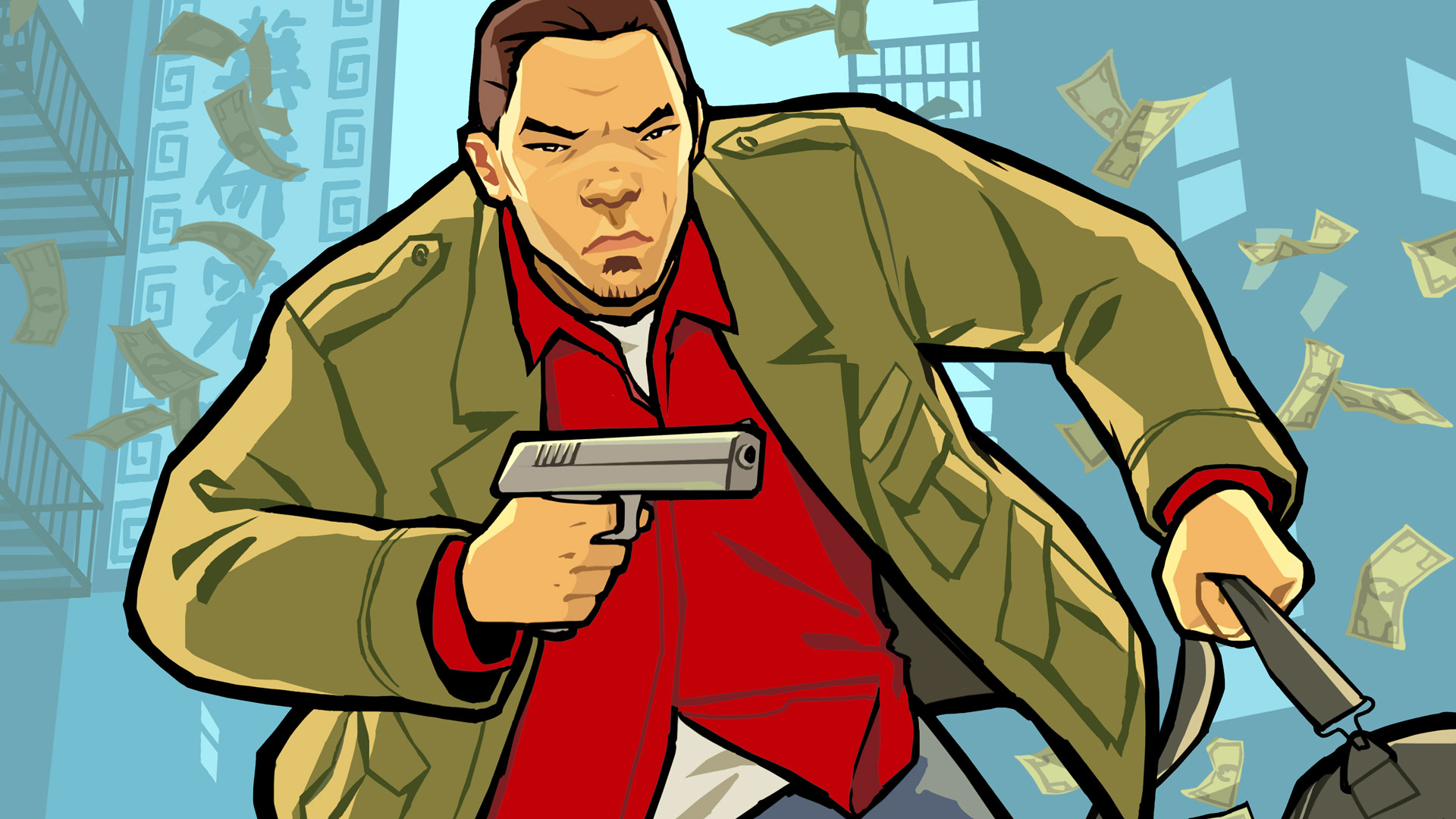
Rockstar Games successfully brought their popular open-world game to the Nintendo DS, managing to retain a lot of its original quality. The game cleverly used the touchscreen for things like starting cars and building weapons. However, its adult themes and violent content felt a bit unusual for the DS, which was mostly popular with younger players. While critics loved it – it was one of the best-rated games on the handheld – sales weren’t as strong as other games in the series. Later, it was released on the PSP, where it proved to be a better fit for the audience.
‘Resident Evil 4’ (2005)

Capcom first launched this groundbreaking survival horror game only for the GameCube. Because fewer people owned a GameCube compared to the PlayStation 2, many fans couldn’t play it at first. The game dramatically changed third-person shooters and deserved a larger audience than the GameCube allowed. Thankfully, its huge popularity led to it being released on almost every gaming platform available.
‘Persona 4 Golden’ (2012)

For years, this highly-rated role-playing game was only available on the PlayStation Vita, a handheld console that didn’t sell well and struggled to gain popularity. The game was incredibly deep, with tons of content and a complex social system, and really deserved to be played on a major console. While dedicated fans purchased the Vita just to experience it, most gamers weren’t able to play. It wasn’t until almost ten years later that it was released on PC, finally reaching a wider audience.
‘Skies of Arcadia’ (2000)
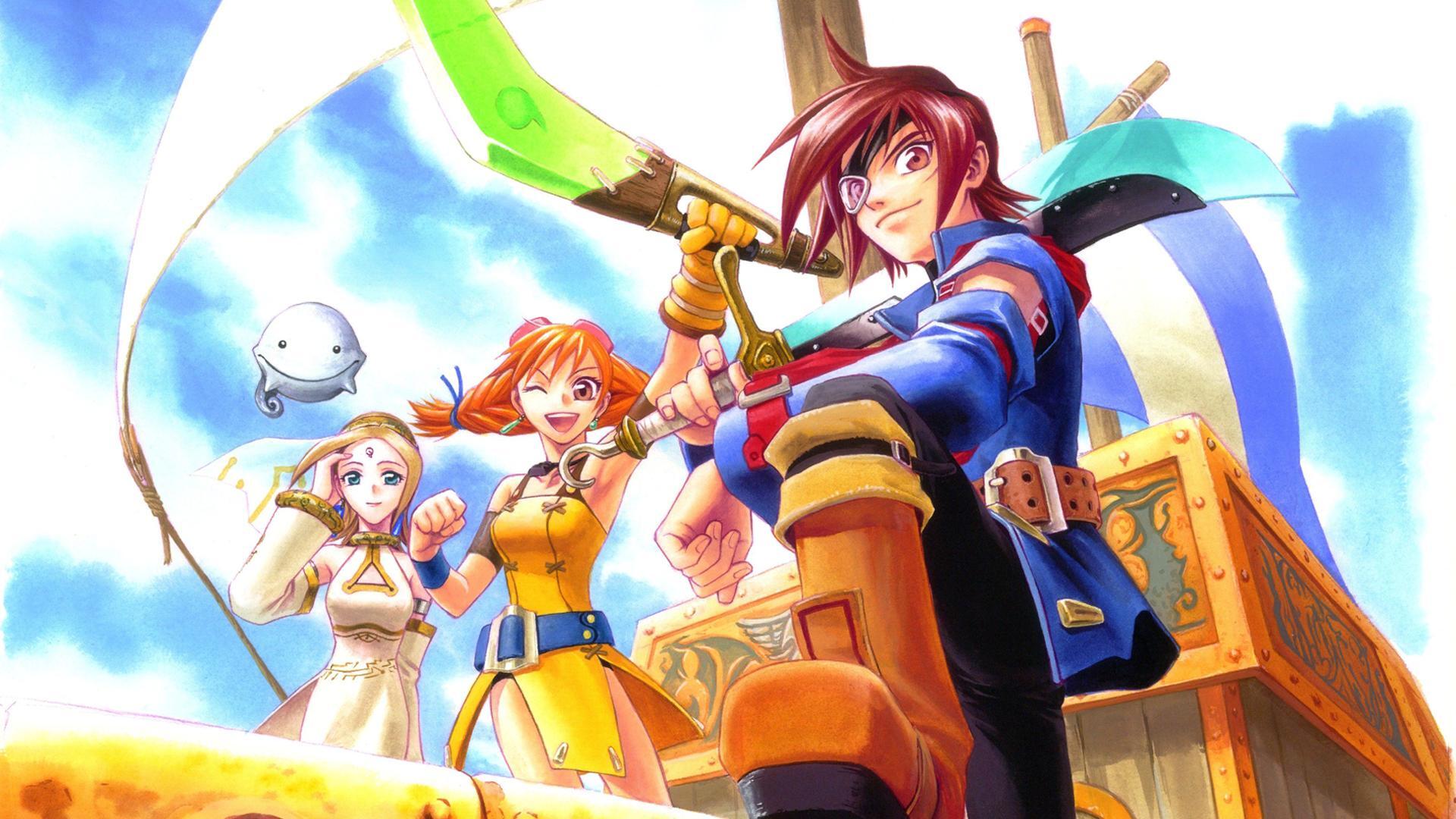
Sega created a cheerful and adventurous role-playing game featuring sky pirates and exciting airship combat. While originally released for the Dreamcast, the game had a lot of random battles and was hampered by the Dreamcast’s disc drive issues. It didn’t become very popular because the Dreamcast was already losing ground to the PlayStation 2. A later version for the GameCube also didn’t gain widespread appeal. Despite this, the game has remained a beloved title among a dedicated fanbase, though it was perhaps too advanced for the technology available when it was released.
‘Metal Gear Solid: The Twin Snakes’ (2004)
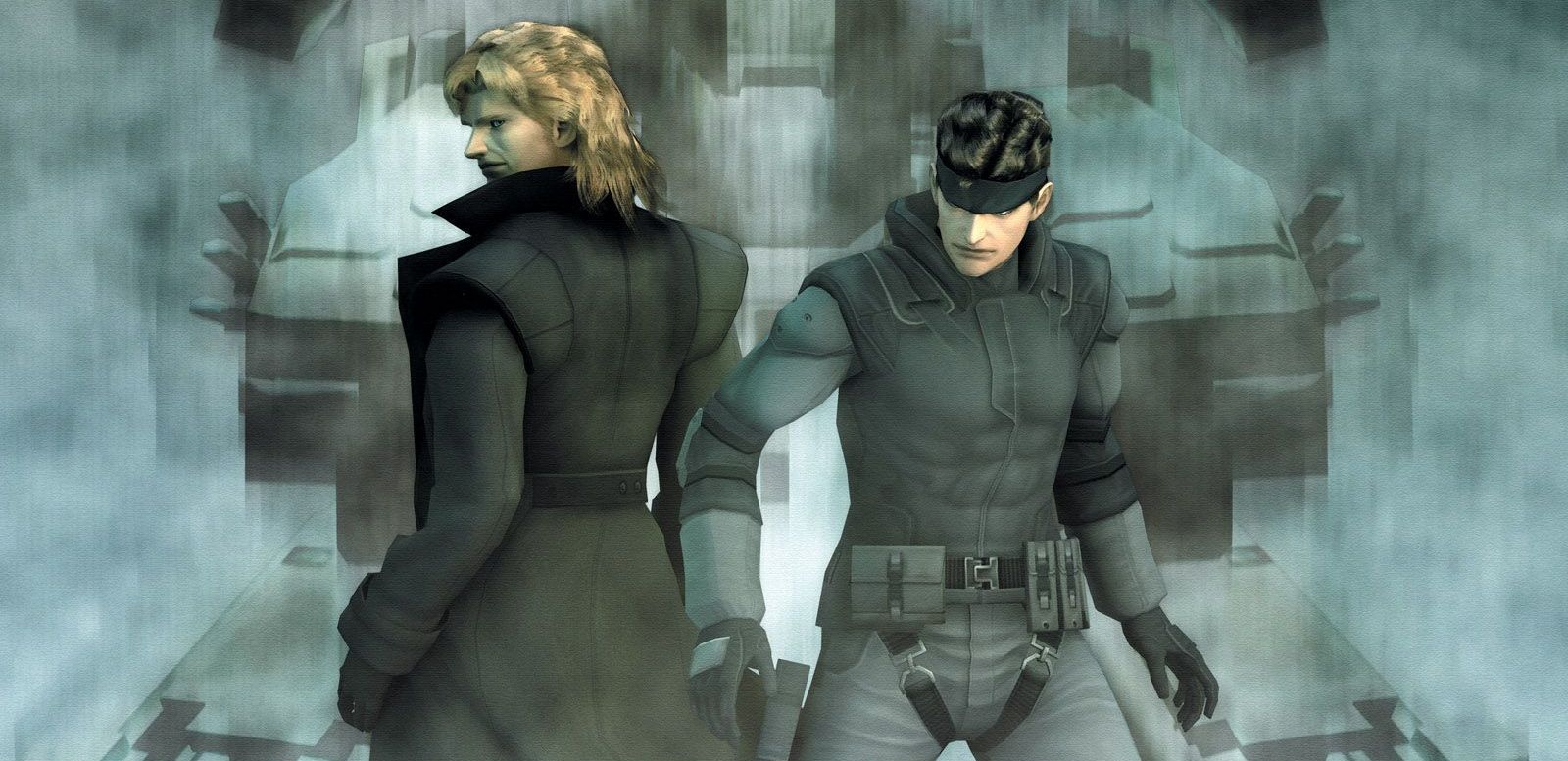
Silicon Knights recreated the original PlayStation game for the Nintendo GameCube. While the game’s cinematic feel and focus on stealth were hallmarks of the PlayStation, not Nintendo, it did include updated gameplay features and better graphics from the series’ second installment. Unfortunately, many longtime fans never played it because it was only available on the GameCube. Licensing problems have kept it exclusive to that console, and it’s never been re-released.
‘Dead Space: Extraction’ (2009)
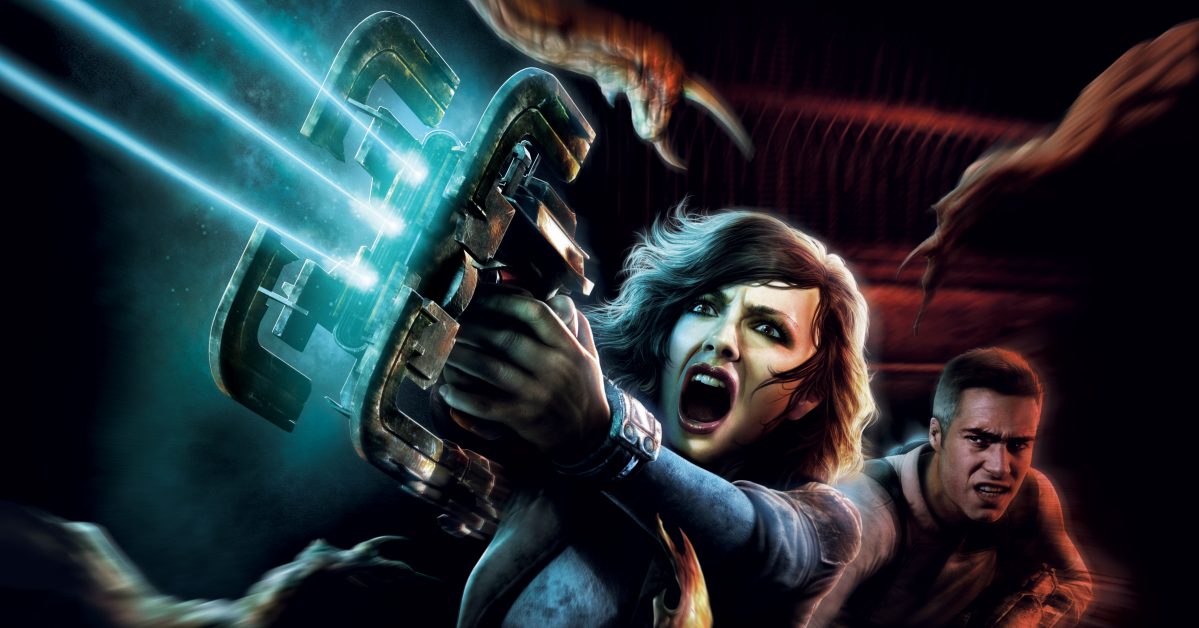
Visceral Games made this game as a fast-paced, on-rails shooter for the Nintendo Wii. It was a scary experience that used the Wii Remote to aim and even break enemies apart. However, Wii owners generally preferred party games and fitness titles over mature horror, so the game didn’t get much attention. Despite its high quality and compelling story, it was largely overlooked by most gamers. Later, it was added as a special bonus to the PlayStation 3 version of the next game in the series.
‘Snatcher’ (1988)
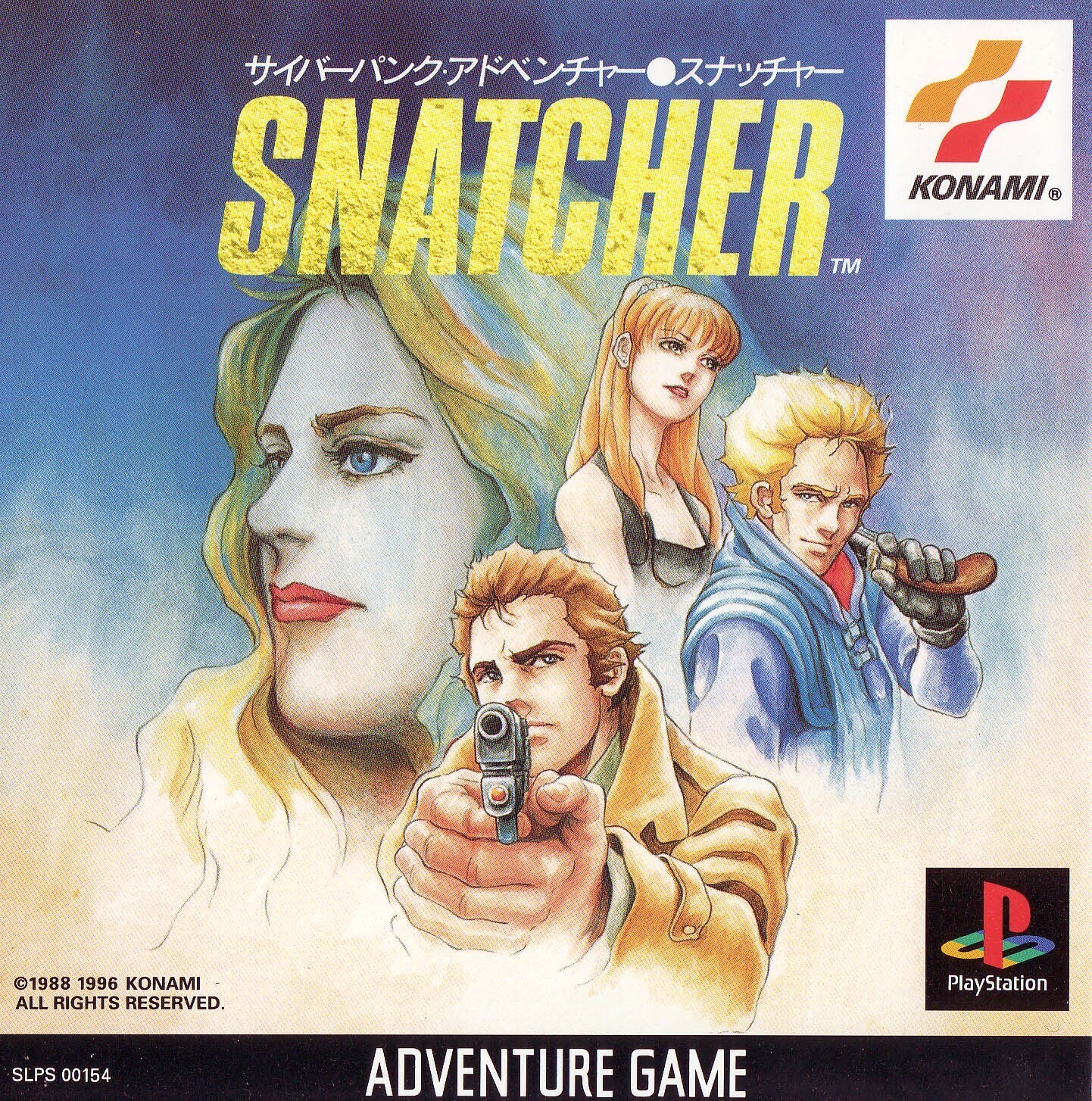
Early in his career, Hideo Kojima created this cyberpunk adventure game. It originally came out on the Sega CD, a pricey attachment for the Sega Genesis, which meant not many people got to play it at the time. The game was ahead of its time with full voice acting and movie-like cutscenes. Now, it’s a rare and sought-after collector’s item, and most fans experience it through emulation.
‘The Wonderful 101’ (2013)
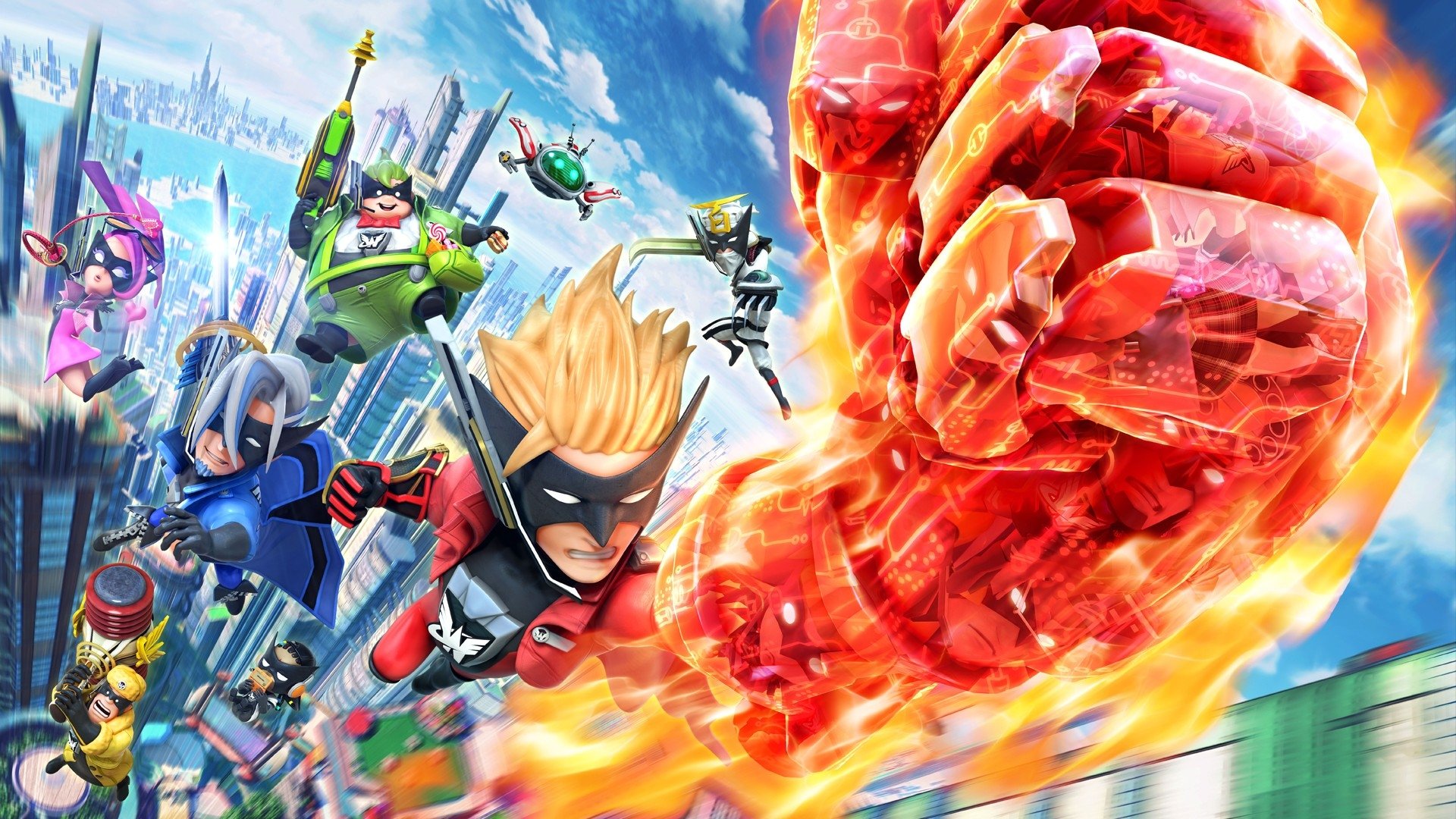
PlatinumGames created this vibrant action game where players controlled a large team of heroes at once. A unique feature involved drawing shapes on the Wii U GamePad to turn the team into massive weapons. However, the game was difficult to learn, and the limited number of Wii U owners meant it struggled to find an audience. Nintendo didn’t do a great job explaining the complex gameplay to players. Thankfully, a successful Kickstarter campaign later allowed the game to be released on newer systems.
‘House of the Dead: Overkill’ (2009)
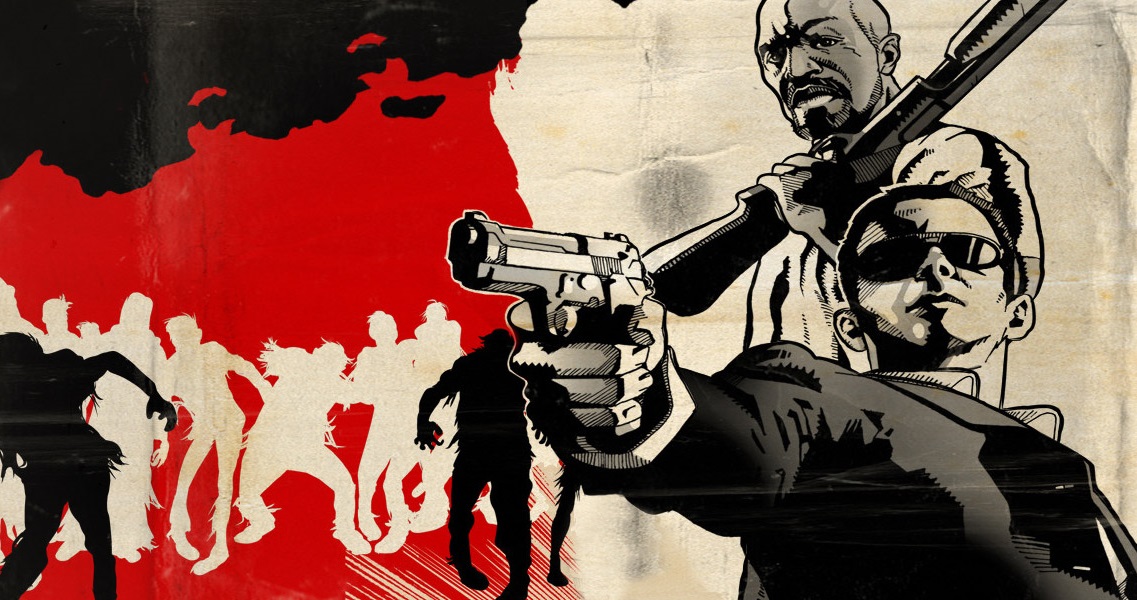
This fast-paced shooting game was designed to look like a gritty, low-budget action movie, complete with a grainy picture and lots of swearing – so much, in fact, that it holds the record for the most profanity in any video game. Released for the Nintendo Wii, its mature content clashed with the console’s family-friendly reputation. While dedicated shooting game fans appreciated it, most Wii owners didn’t. Later, the developers tried to reach a wider audience by releasing versions for typing-based gameplay and the PlayStation Move motion controller.
‘Gravity Rush’ (2012)
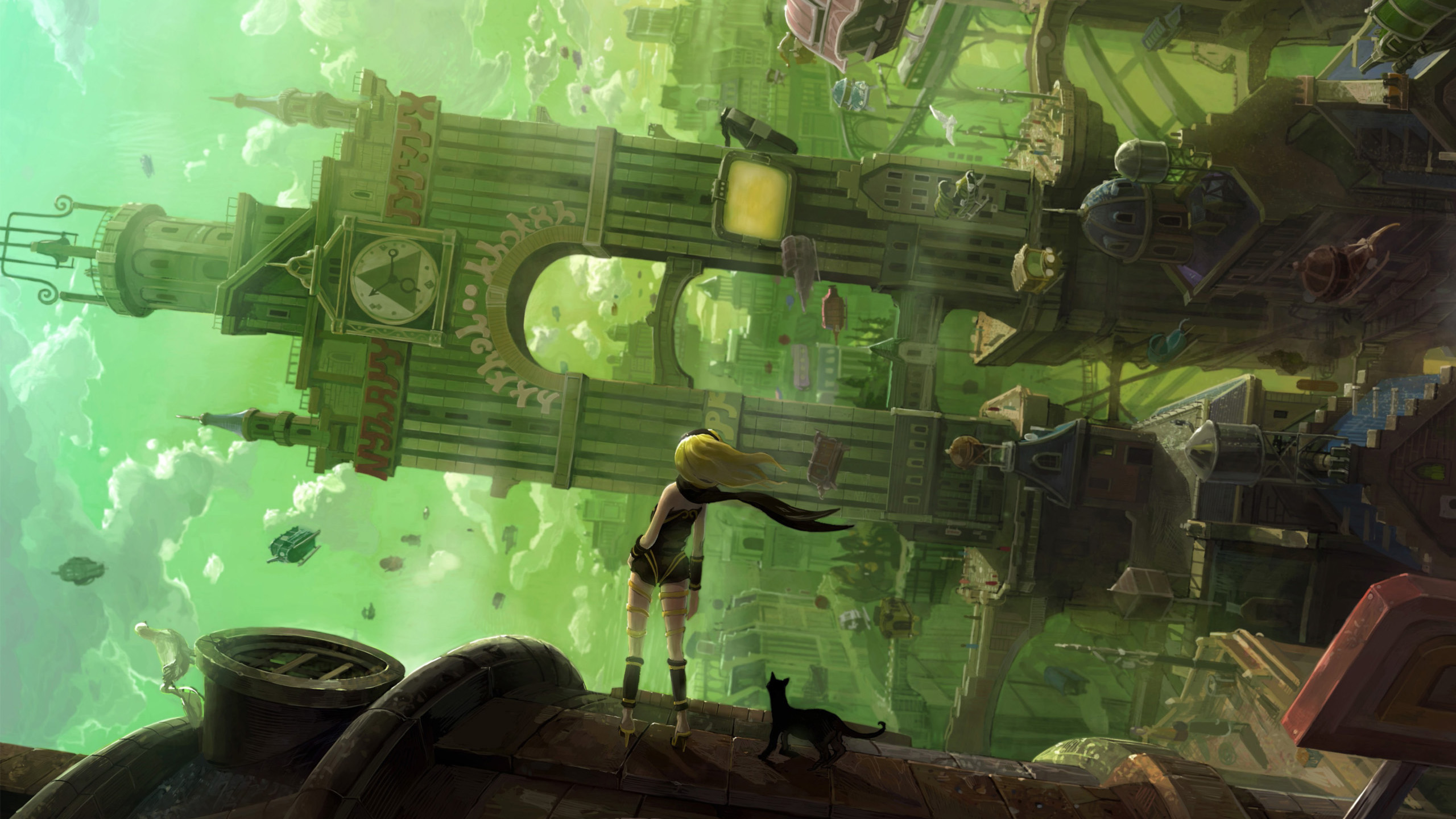
This unique action game was originally developed by Sony Japan Studio to highlight the capabilities of the PlayStation Vita. It let players control a character who could bend gravity and fly around a large city. Unfortunately, because the Vita wasn’t very successful, the game didn’t get the recognition it deserved. Its innovative gyroscope controls were a standout feature, but limited Vita ownership meant few people could experience them. Later, a remastered version was released on the PlayStation 4, giving more players a chance to enjoy the game.
‘ZombiU’ (2012)

Ubisoft released this scary survival game to help launch the Wii U console. It cleverly used the Wii U GamePad to manage items and create a suspenseful atmosphere. The game was a challenging survival experience where characters could permanently die. Unfortunately, because the Wii U wasn’t commercially successful, the game was quickly forgotten. While it was later released on other consoles, those versions didn’t include the special dual-screen features that made the original so unique.
‘Valkyria Chronicles II’ (2010)
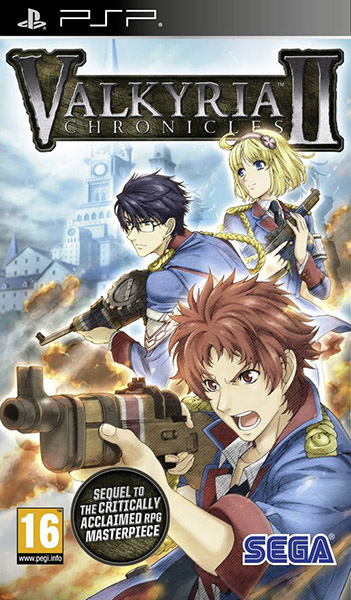
Sega made the next game in their popular strategy series only for the PlayStation Portable, instead of a home console like the PlayStation 3. This meant the game had less detailed graphics and smaller battles. Players who enjoyed the first game had hoped for a full console sequel and were let down by the limitations of the handheld system. While the PSP was successful in Japan, widespread piracy in Western countries negatively impacted sales. Ultimately, the third game in the series wasn’t even released in Western regions.
‘Kingdom Hearts: Chain of Memories’ (2004)
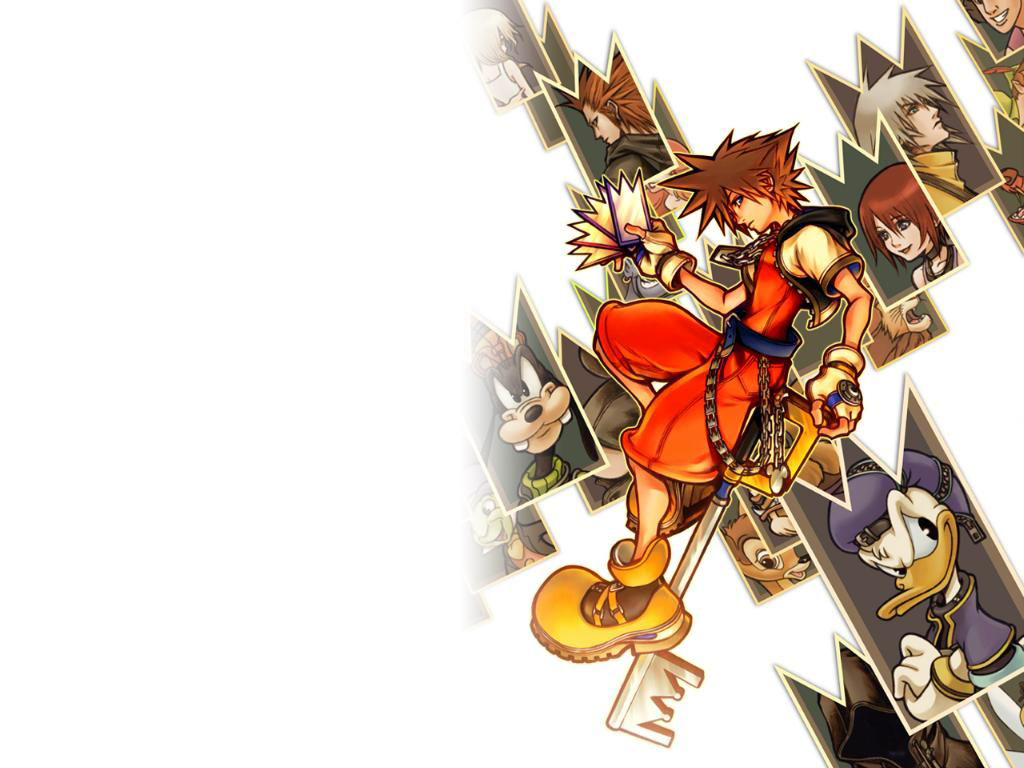
Square Enix created this game as a vital link between the first two main installments of the series, releasing it on the Game Boy Advance. However, its intricate story and card-based combat proved challenging to experience on the handheld’s small screen. Players on home consoles were puzzled by references to events in this portable game, essentially requiring fans to purchase a Game Boy Advance to fully understand the story. Later, a 3D updated version was added to console collections to resolve this issue and make the narrative complete for everyone.
‘Tearaway’ (2013)

Media Molecule created this delightful platformer to showcase all the unique features of the PlayStation Vita, including its rear touch panel and cameras, allowing players to interact with a beautifully crafted paper world. While critics loved its inventive gameplay, the game didn’t sell well because relatively few people owned a Vita. It brilliantly demonstrated what the hardware could do, but unfortunately, the console wasn’t a commercial success. Recognizing this, the developers later rebuilt the game for the PlayStation 4 to reach a much larger audience.
Let us know in the comments which of these games feel out of place and which ones you’ve tried playing. We’d also like to hear your thoughts on which games would be better suited for a different gaming platform.
Read More
- Fed’s Rate Stasis and Crypto’s Unseen Dance
- Silver Rate Forecast
- Blake Lively-Justin Baldoni’s Deposition Postponed to THIS Date Amid Ongoing Legal Battle, Here’s Why
- Ridley Scott Reveals He Turned Down $20 Million to Direct TERMINATOR 3
- Красный Октябрь акции прогноз. Цена KROT
- The VIX Drop: A Contrarian’s Guide to Market Myths
- Top 10 Coolest Things About Indiana Jones
- Bitcoin’s Ballet: Will the Bull Pirouette or Stumble? 💃🐂
- Gold Rate Forecast
- ETH to the Moon? 🚀 Or Just a Bubble?
2025-11-24 03:48